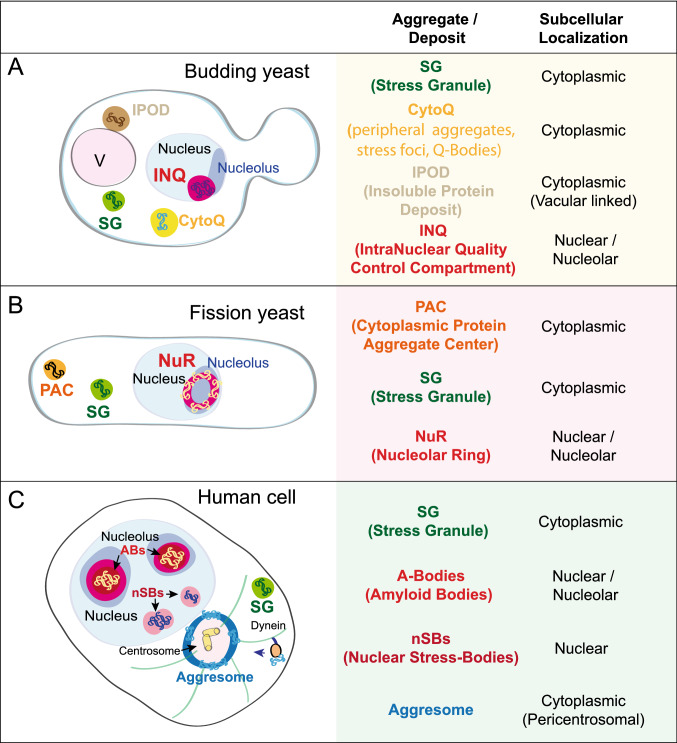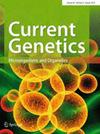可逆蛋白聚集作为热应激的细胞保护机制。
IF 1.8
4区 生物学
Q3 GENETICS & HEREDITY
引用次数: 6
摘要
温度波动是自然界中生物所面临的最常见威胁之一。触发热应激保护基因转录的基因表达程序的激活是细胞抵抗高温的主要反应。此外,热敏蛋白在高阶分子组装中的可逆积累和区隔化正在成为确保细胞在热应激下保护的关键机制。在这里,我们总结了酵母和人类细胞在热应激下形成的无膜胞内体的代表性例子,并强调了蛋白质聚集如何转化为细胞保护机制。本文章由计算机程序翻译,如有差异,请以英文原文为准。

Reversible protein aggregation as cytoprotective mechanism against heat stress.
Temperature fluctuation is one of the most frequent threats to which organisms are exposed in nature. The activation of gene expression programs that trigger the transcription of heat stress-protective genes is the main cellular response to resist high temperatures. In addition, reversible accumulation and compartmentalization of thermosensitive proteins in high-order molecular assemblies are emerging as critical mechanisms to ensure cellular protection upon heat stress. Here, we summarize representative examples of membrane-less intracellular bodies formed upon heat stress in yeasts and human cells and highlight how protein aggregation can be turned into a cytoprotective mechanism.
求助全文
通过发布文献求助,成功后即可免费获取论文全文。
去求助
来源期刊

Current Genetics
生物-遗传学
CiteScore
6.00
自引率
0.00%
发文量
34
审稿时长
1 months
期刊介绍:
Current Genetics publishes genetic, genomic, molecular and systems-level analysis of eukaryotic and prokaryotic microorganisms and cell organelles. All articles are peer-reviewed. The journal welcomes submissions employing any type of research approach, be it analytical (aiming at a better understanding), applied (aiming at practical applications), synthetic or theoretical.
Current Genetics no longer accepts manuscripts describing the genome sequence of mitochondria/chloroplast of a small number of species. Manuscripts covering sequence comparisons and analyses that include a large number of species will still be considered.
 求助内容:
求助内容: 应助结果提醒方式:
应助结果提醒方式:


